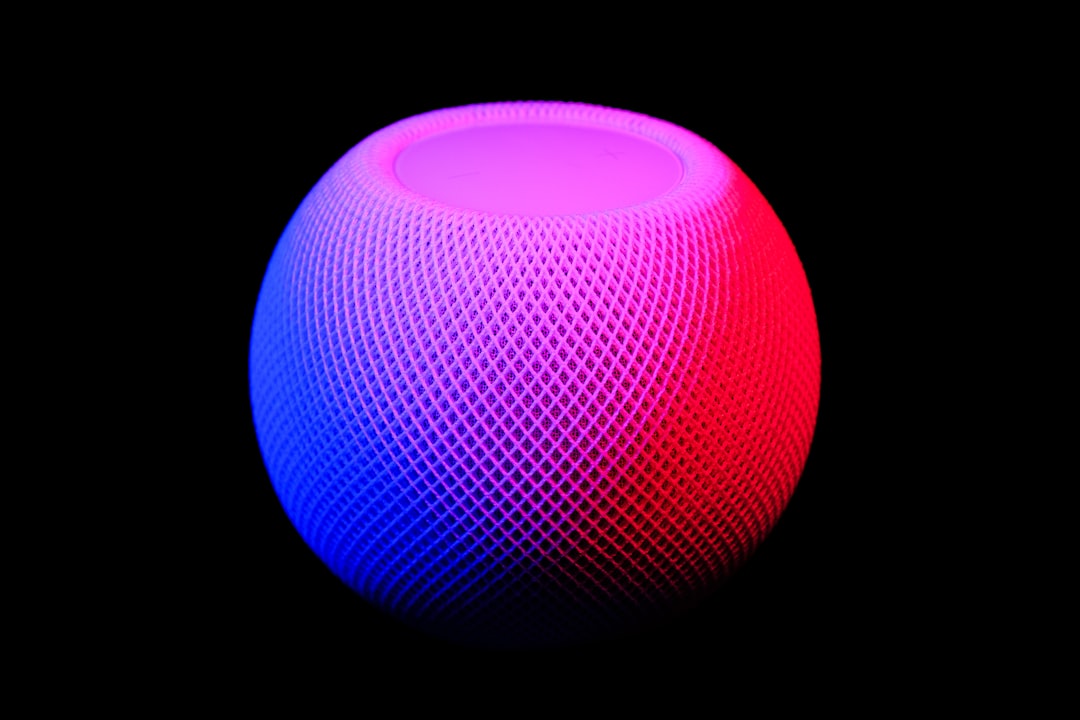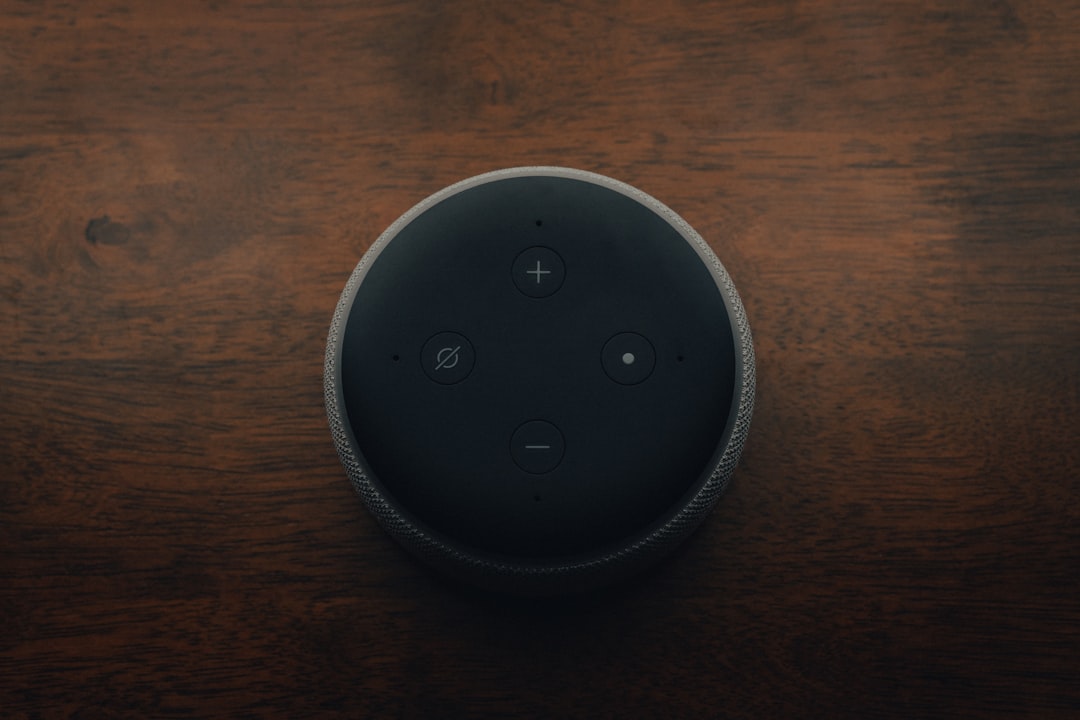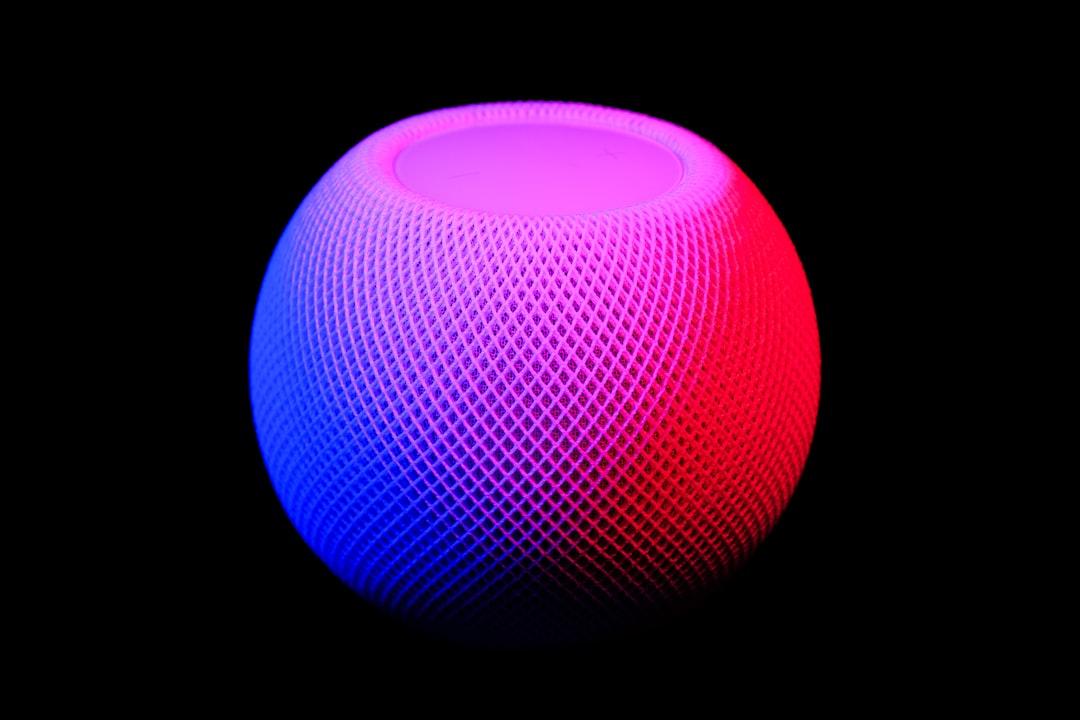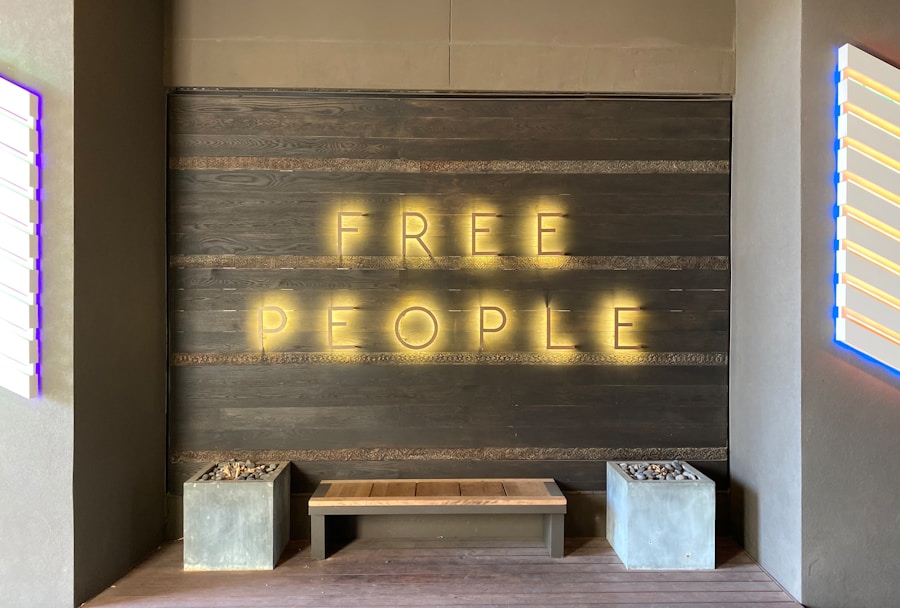IBM’s Watson Speech to Text represents a significant leap in the field of speech recognition technology. This complex system quickly converts spoken language into written text with astonishing accuracy.
Watson Speech to Text utilizes advanced machine learning algorithms and natural language processing techniques to understand various accents, dialects, and terminology, making it a universal tool suitable for multiple application scenarios.
As organizations become increasingly reliant on data-driven decision-making, the ability to transcribe spoken content into actionable text has become extremely valuable. This technology is particularly beneficial in healthcare, legal, and customer service environments, as accurate documentation is crucial. By automating the transcription process, Watson Speech to Text allows professionals to focus on their core responsibilities while ensuring accurate capture of important information. Watson Speech to Text can convert spoken language into written text, completely altering the transcription process.
In the mid-20th century, magnetic tape recorders were introduced, making it easier to play and edit recorded materials. This marks an important milestone in technological development. With the advancement of technology, the introduction of digital recording devices and software has completely changed the field of transcription. At the end of the 20th century, speech recognition software emerged that could transcribe speech into text and achieved varying degrees of success.
Watson Speech to Text has applications in numerous industries, each benefiting from its unique features. For example, in the healthcare field, medical professionals utilize this technology to efficiently transcribe patient consultations and medical dictation. By converting oral notes into structured text, healthcare providers can ensure accurate patient records while minimizing administrative burden.
This not only enhances patient care, but also simplifies workflow within medical facilities. In the legal field, lawyers and legal assistants use Watson Speech to Text to transcribe testimony, court proceedings, and client meetings. The ability to quickly generate accurate records is crucial in a legal environment, as documents must be accurate and easily accessible.
In addition, in the customer service environment, the company adopts this technology to transcribe customer interactions for quality assurance and training purposes. By analyzing these records, organizations can gain a deeper understanding of customer needs and improve service delivery.
The advantages of using Watson speech to text transcription are multifaceted, especially compared to traditional methods. One of the most significant benefits is speed; Automatic transcription can be performed in real-time or near real-time, greatly reducing the time required to generate written documents from audio sources. This efficiency is particularly important in fast-paced environments, as timely access to information can affect the decision-making process.
In addition, Watson Speech to Text has high accuracy due to its advanced algorithms and continuous learning capabilities. Unlike manual transcribers who may experience prolonged fatigue or errors, this system maintains consistent performance regardless of workload. This reliability is crucial in industries such as healthcare, as accurate documentation can impact patient care and legal compliance.
In addition, the cost-effectiveness of using automated systems can save a significant amount of money for organizations that would otherwise have invested heavily in manual transcription services.
Comparison between Watson speech to text and traditional transcription methods
When comparing Watson Speech to Text with traditional transcription methods, several key differences emerged, highlighting the advantages of automated systems. Traditional transcription typically relies on human transcribers, who may take hours or even days to generate accurate transcripts from recordings. In contrast, Watson Speech to Text can generate transcripts almost instantly, greatly reducing turnaround time.
In addition, during the lengthy transcription process, traditional methods are prone to human errors due to fatigue or distraction. Regardless of workload or time constraints, automated systems such as Watson Speech to Text can maintain consistent accuracy. Although human transcribers may excel at nuanced understanding or contextual interpretation in certain situations, advances in artificial intelligence have enabled systems such as Watson Speech to Text to approach human understanding in many situations.
The Future Development and Innovation of Watson Speech to Text Conversion
With the rapid development of artificial intelligence, the future of Watson Speech to Text is expected to achieve exciting growth. One promising area for growth is multilingual support; As global communication becomes increasingly interconnected, improving the system’s ability to seamlessly recognize and transcribe multiple languages will be crucial. This ability will enable organizations operating in different language environments to communicate more effectively.
Watson Speech to Text is at the forefront of a technological revolution that is reshaping the way we transcribe across various industries. Its ability to convert spoken language into written text with astonishing speed and accuracy has changed workflows in fields such as healthcare, legal departments, and customer service environments. By enhancing accessibility for people with disabilities and providing customizable solutions tailored to specific needs, this technology demonstrates how innovation can drive inclusivity.
Ultimately, Watson Speech to Text not only revolutionized transcription, but also enhanced our ability to communicate effectively in an increasingly complex world. With the help of advanced machine learning algorithms and natural language processing technology, Watson speech to text service can understand various accents, dialects, and terms, becoming a universal tool suitable for multiple application scenarios.
Speech RecognitionRevolutionizing with Watson Speech to Text











Leave a Reply